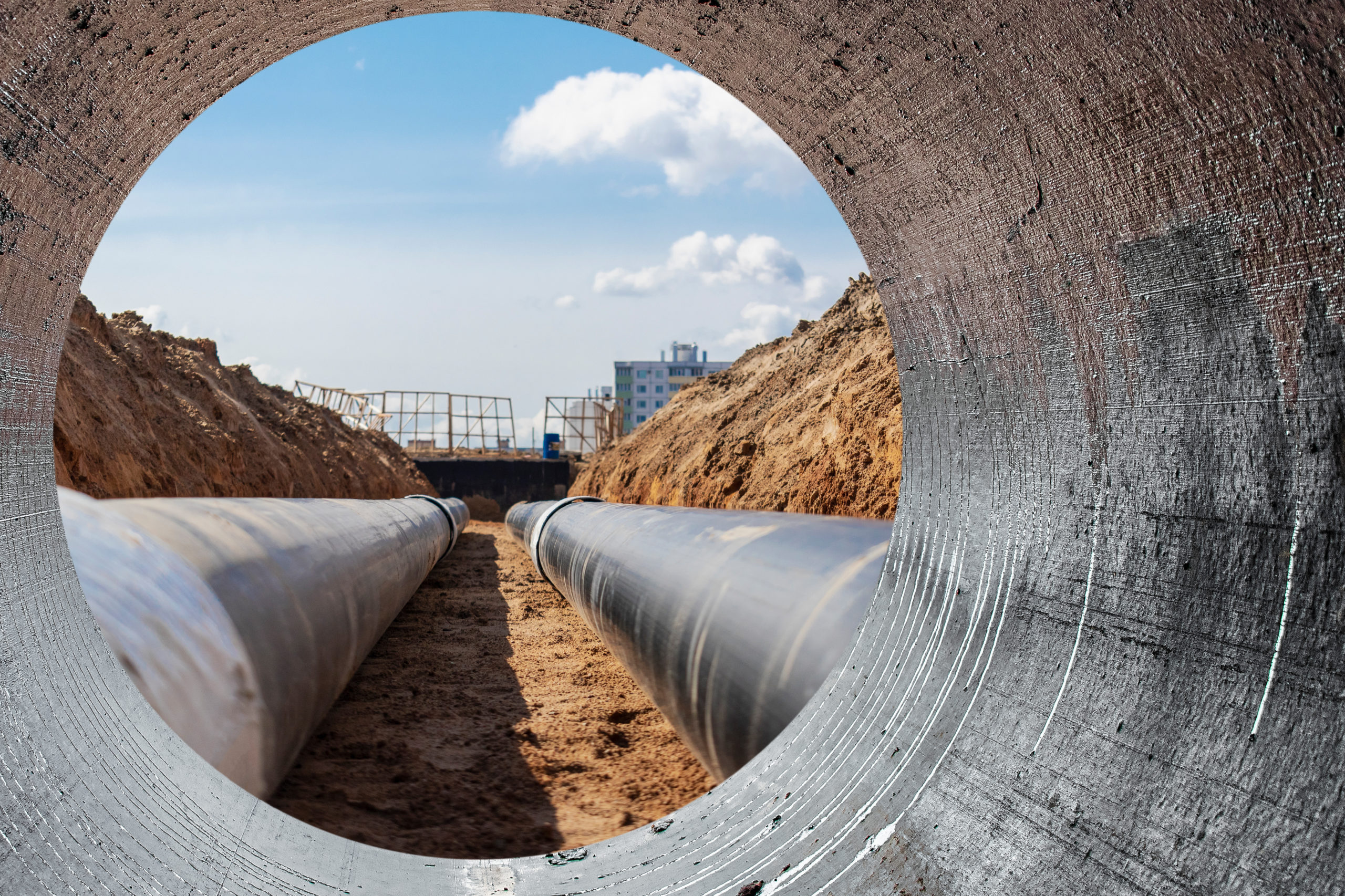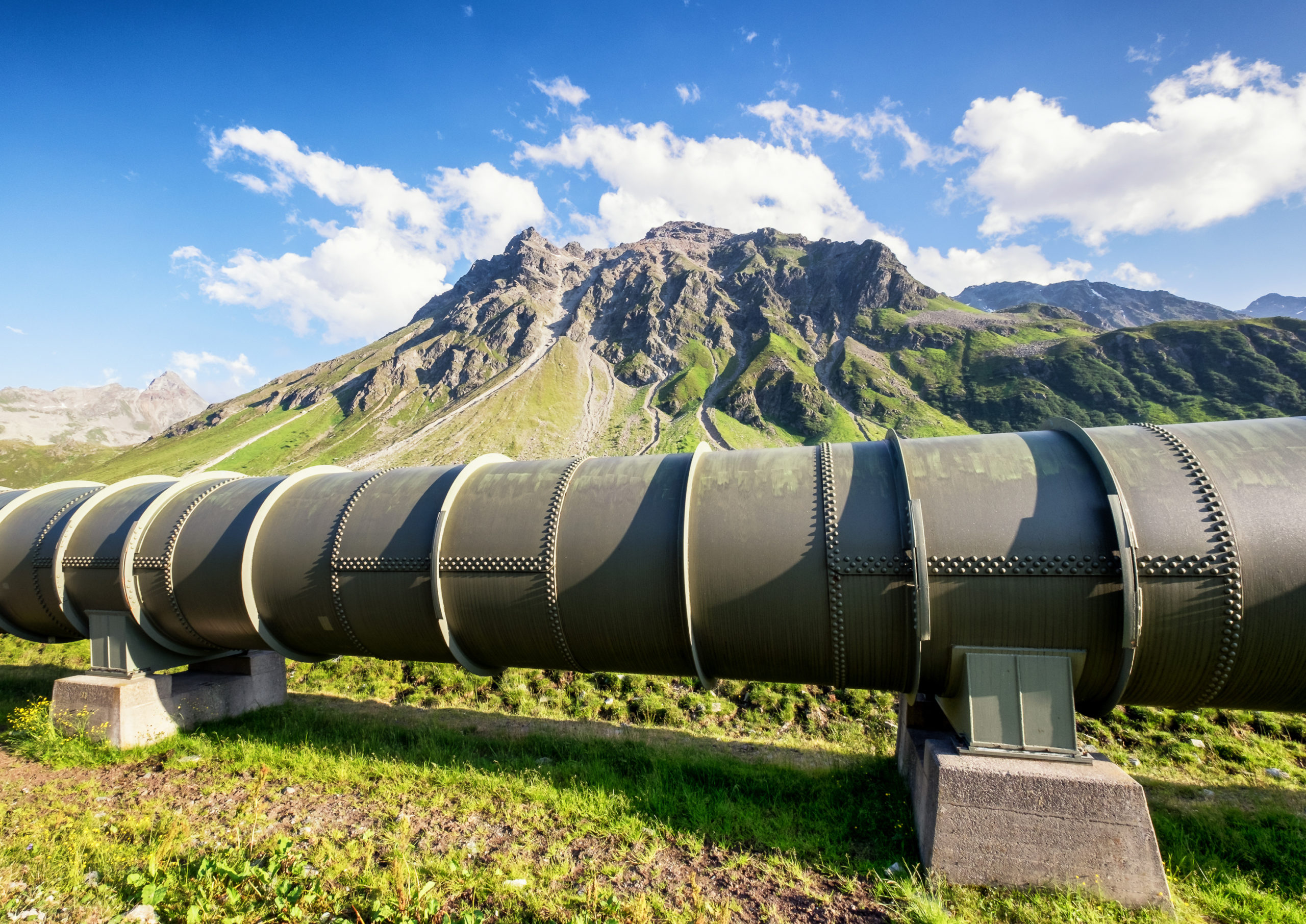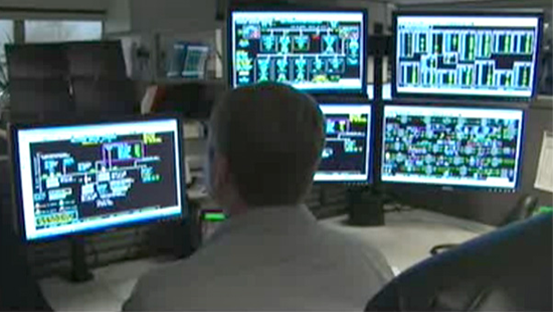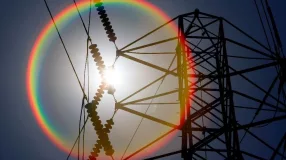
The United States has sufficient natural gas supply to meet growing demand both at home and abroad without steep price increases, but only if we can build new infrastructure. A recent study conducted by the National Economic Research Associates (NERA) shows that increasing supply will reduce domestic prices while allowing us to continue to meet the demands of our allies and trading partners around the world. However, the lack of new pipeline infrastructure in the U.S. makes it impossible to bring these resources to market. The study, conducted on behalf of the American Council for Capital Information (ACCF), examined the impact of increasing natural gas supply for both domestic users and trading partners on U.S. natural gas prices. Contrary to calls from lawmakers to curtail natural gas exports to allies and trading partners abroad, the study found that the U.S. will have sufficient supply to meet global demand without steep price increases at home – but only if we can build new infrastructure to transport the natural gas from producers to end users.
In short, the U.S. needs additional pipeline capacity to bring natural gas to market in order to help our allies abroad while avoiding price spikes here at home.
The study examines increasing accessible supply under four different demand cases. These are described as the following:
- Reference: assumes EIA’s AEO 2022 Reference case projections
- High U.S. Domestic Demand: represents an increase in the economy-wide demand for natural gas
- NERA Most Likely U.S. LNG Exports: assumes a market determined level of U.S. LNG exports that is expected to occur with a high degree of probability
- European Supply Diversification: assumes higher U.S. LNG export levels to meet the deficit in natural gas supplies to Europe brought on by the curtailment of Russian natural gas pipeline imports
The study also examines two supply cases: restrictive accessible supply (current and under construction pipelines operating at recent historic maximum capacity) and expanded accessible supply (current and under construction pipelines, as well as future pipeline capacity of proposed or planned pipelines which are assumed to operate at higher capacity utilization levels).
When the two supply cases are applied to all four demand cases, it is clear that additional access to supply lowers the price of natural gas regardless of the projected domestic and foreign demand for natural gas.
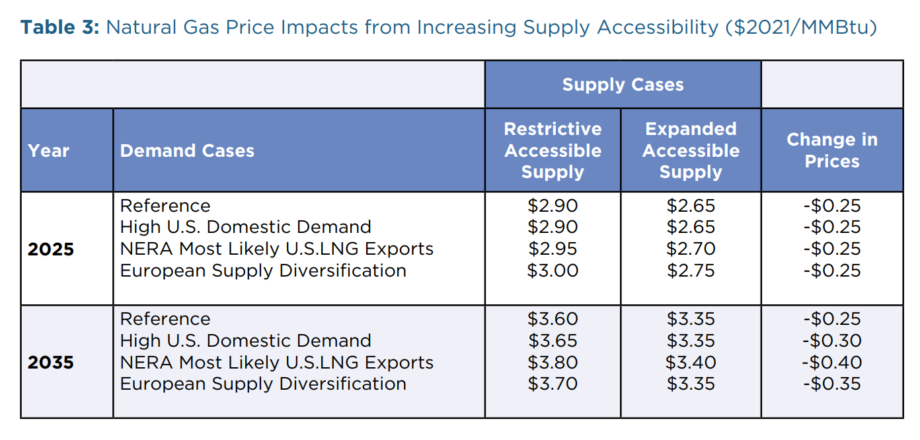
Source: NERA
However, and importantly, it is impossible to increase supply without sufficient infrastructure: “. . . the lack of new pipeline infrastructure is a material impediment to the natural gas industry bringing the lowest cost gas resources to the market.”
Unfortunately, the current political and regulatory environment is a significant barrier to the natural gas industry bringing low-cost natural gas to consumers. As ACCF Senior Vice President for Regulatory and Energy Policy Kyle Isakower explains:
“The U.S. can support global exports and meet domestic consumer demand while keeping costs low. The key is streamlining the permitting process to build more pipelines so the industry can bring ample natural gas resources to market.”
Energy infrastructure projects intended to bring natural gas to market continue to be canceled, and this is often due to the lengthy and unpredictable regulatory and permitting process. These cancellations not only hamper additional future capacity, they also discourage companies from considering future projects due to permitting uncertainty that risks both time and financial resources.
NERA’s report has shown what we have known for a while, and has been shown in previous studies: the United States is, has been, and will continue to be able to provide enough natural gas supply to meet increasing demand, but lacks the current infrastructure to move that increased supply to market. It is also demonstrated that increasing accessibility to natural gas will lower energy prices for consumers, not raise them.
The solution is straightforward: through a supportive regulatory environment and streamlined permitting process, the United States can continue investing in and expanding its interstate natural gas pipeline infrastructure to safely and reliably deliver affordable fuel to end-users at home and abroad.




